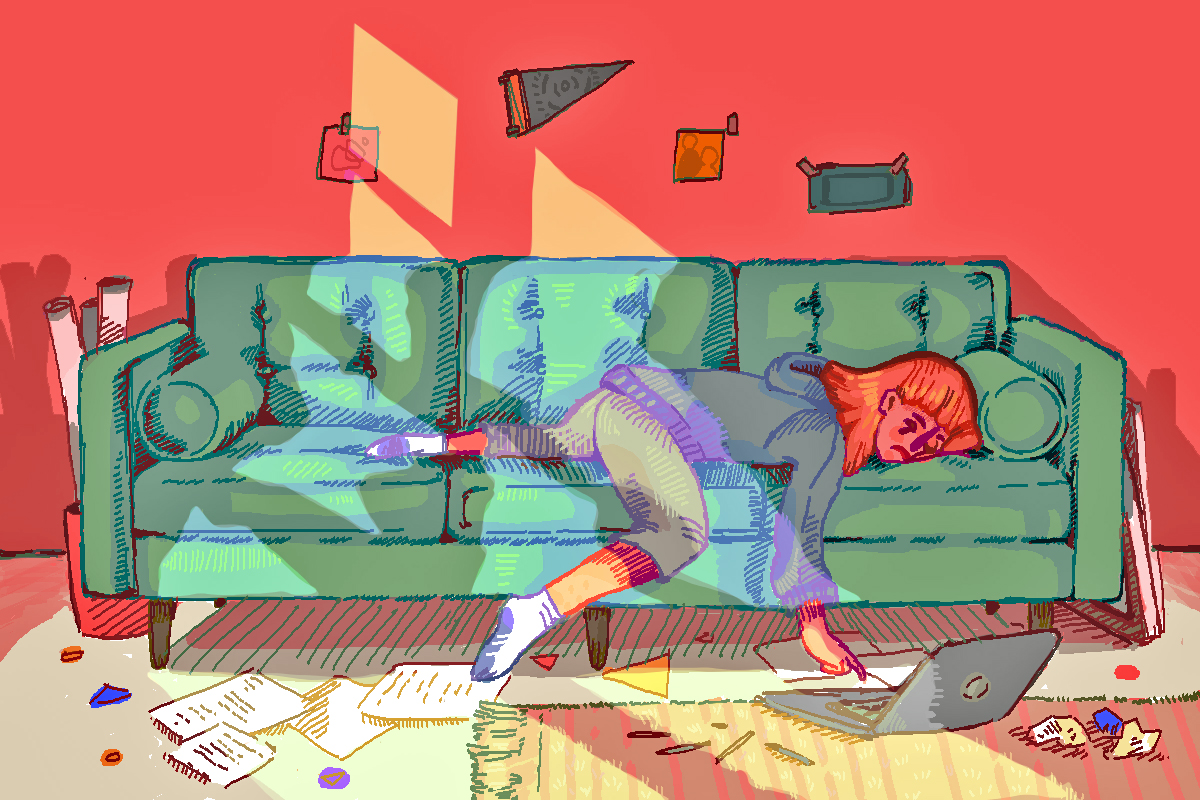
When I was invited by Dandelion Association, an educational art program in Guizhou Province, China, to make a public project there with the cooperation of local art teachers, I had no idea what to do.
The manager wanted to see a combination of untraditional artistic forms and traditional Miao minority culture. The Miao people live primarily in the mountains of southern China, in provinces including Guizhou, Sichuan, and Guangdong, among others. I’d never heard or seen such a piece of artwork and couldn’t imagine what it would be like. Over the past two years, I’ve focused on developing my personal portfolio, concentrating on what’s close to me. I never thought about applying the research methods to minority culture, let alone doing a project in such a rural area.
Though I had no confidence, I still agreed to try. The program would officially begin at the end of July, so I started preparing one month ahead. First, I researched Danzhai, a county in Guizhou province, the place where I would be going. Located in the middle of mountains, surrounded by trees, it is the largest Miao autonomous prefecture in China. Danzhai county is famous for classic paper making, which has been well-known in the region for something like 1,000 years. The area is well-preserved, away from commercial spots that attract tourists.
I worked on my proposal. I thought about creating a large installation constructed from paper produced in an ancient method, with traditional patterns or linguistic symbols of Miao carved on the sheets. Each person willing to cooperate would need to carve one sheet, then I’d put them together to see what came out of it. The project would be titled, “The Book,” and would invite the local people to “write on” and express their culture through various patterns: curvy lines and ornamental elements which usually can only be seen on their embroidered folk costume, silver headwear, and historical documents. “The Book” could function as a reminder to the public to pay more attention to the fading minority culture being dominated by modern society and the metropolitan.
Though there were bunch of images of the area online, the exact space where the project would take place would not be known until we got there. After the arrival, I walked around the county looking for a spot that could be ideal for an installation.
There was a river outside an old school with a landmark stone bridge across it. The reflection of the surrounding landscape shows clearly on the surface. It seemed that the project could be installed above the river, hung down from the middle of the bridge. Then the flowing river reminded me of paper boats, which represent the wish to revive the minority culture.
On the second day, I measured the height from stone bridge to the river surface and drew a sketch, estimated the size of the project and the number of pieces of paper needed, and made some samples by myself. The paper is not soft, making it ideal for carving. The proportion of carved-away and discarded papers was important. If there’s too much carved away, it would be hard for the project to stay still: a strong wind might blow it away. If too little is carved away, the project would be stiff and pale, lacking any aesthetic perception.
The project started on the fourth day. Before that, I gave a speech to local teachers, explaining the meaning of the project, how to do it, and displayed the samples. During the rest of that day, I cut the paper into various sizes with group members, folded paper boats and colored them.
The day finally came. Only 20 hours were given for making the project and getting it installed. While the teachers were designing and carving, I went to the mountains and selected wood sticks to build up the support structure. I also picked some branches and leaves for decoration. As the paper-carvings were accomplished, the works were delivered to me, then I stapled them onto the support. It was necessary to consider the organization of carved-away and remaining parts, and how to arrange them to cover the wood sticks. Some branches of leaves were woven into the carved-away places, and the others were attached at the bottom of the structure, as the project was supposed to hang to the surface and gently move with the water flow.
After a three-and-half hourlong installation, the project was ready to be displayed. With the help of group members, it was put down slowly, I could feel the wind blowing and hear the rustle of leaves and paper. When its top was stabilized on the bridge, paper boats were released from the upstream, floating down and passing the sides of the project. My audience stood on the river bank and watched the whole performance. The project was a success, and my manager was quite satisfied with it. It was displayed for three days, being recorded in different time periods. That’s how the traditional minority culture was presented in an untraditional artistic form.
There is a saying that “The national is the international.” It is crucial for artists to explore their cultural background and learn the significance before supposing their artworks to be accepted worldwide. No doubt this experience was a great lesson to me, as well as important for my artistic career, as I regard the experience as a new start to my work. I’ll continue my study on tradition and contemporary art in the West, working on more multi-cultural projects in the future.







